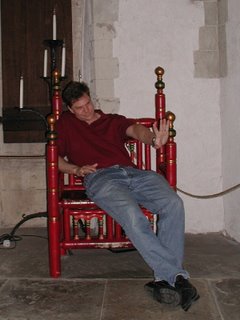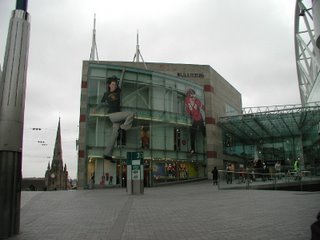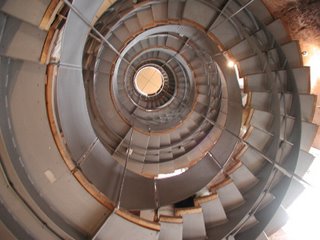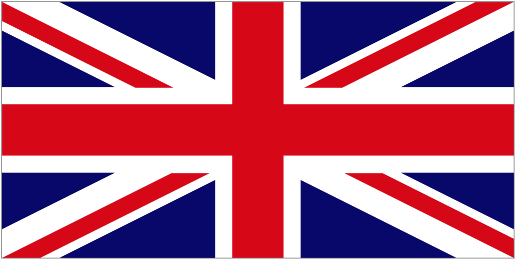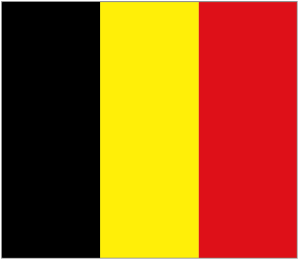As Mike has been the most prolific blogger in the clan, I thought that I would weigh in with some of my observations ...
Today is our last morning in Scotland. I have really enjoyed our visit here. The people that I have met have more than lived up to the Scottish reputation of warmth and friendliness. I've enjoyed some rather diverse conversations, from chatting with an older couple at the Orkney mainland farm show about their alpacas, to a brief discourse regarding social services in Scotland with a tour guide in Edinburgh.
My favorite city was Edinburgh. It was lovely to be surrounded by such beautiful, ancient buildings. It is novel to an american to hear buildings being described as only two or three hundred years old. I also really like the gothic architecture and the beautiful, ornate, extravagant monuments at every turn.
While in Edinburgh, Sarah and I took a tour of Mary King's Close, a very old part of the original city that was topped of at about the 3rd floor and capped with the city government building. Below, tours are offered of the original dwellings of 16th and 17th century folk. The town was set up so that narrow alleys, called closes, ran from the high street down to an artificial lake (or loch) in the valley below. Of course, along with the streets leading down to the loch, everything that was dumped in the streets ran down also. Consequently, the loch was a vile stew of all that one would expect in an era that predated modern sewage disposal systems. This is why Edinburgh was once known as the "Auld Reekie". I read that it was really horrible.
The train ride to Inverness afforded a beautiful view of a pastoral Scottish countryside. Lots of lovely little black faced sheep and a multitude of cows, including the rather imposing-looking shaggy highland cattle. We arrived in a driving rain and were drenched by the time we finally stepped into the front door of our B&B.
In Inverness I enjoyed our cruise through the Caledonian Canal, build in the mid 1800's to privide a shipping channel between the North Sea and the Atlantic Ocean. I read that soon thereafter, trains became the main method of moving goods across country, so the canal was almost immediately obsolete and has sincebeen used mostly for pleasure craft.
Later that afternoon, I headed out by myself to Culloden battlefield, the site of Bonnie Prince Charlie's defeat at the hands of the English. It was a stark and lonely sort of place, and even with the touristr center and the buses and cars in the parking lot, it was easy to imagine the brief and devastating battle.
I have really enjoyed learning more of the history of Scotland during this trip. I got Sarah a “Horrible History” book with some of the more lurid / bloody / bizarre stories from the history of this small nation. She loves it, and takes a morbid delight in the more disgusting of the tales.
Thoughts on the Orkney Islands: First, they are so very beautiful. Beautiful green rolling hills in every direction, some of them a green and yellow and brown patchwork of crops and hay. The islands enjoy a very moderate climate, due to being surrounded by the sea. I read that Orkney can be best described as a community of farmers who have boats, while the Shetland Islanders to the north are fishermen with small crofts (farms). And beyond the green, from almost every vantage point, the blues and greys of the ocean and the lochs.
The towns are small and very old. Our hotel was situated on the main street in Stromness, a town of about 2000 people. This main street consisted of one very narrow cobblestone lane, which was used by cars (though not many) in both directions, pedestrians, as there were no sidewalks, and the occasional bicyclist. I didn’t drive much, but this was the most stressful part of it for me. Driving has been difficult mostly because the side and center of the road are not where I expect them to be, so I always feel a bit as if I am madly careening down the centre of the road. It's a little unsettling, and THEN I have to remember to shift.
You’ve seen the pictures of the prehistoric site that we visited. It was pretty interesting, and all things considered, the homes looked reasonably comfortable – actually much nicer than the homes we saw from 17th century Edinburgh. It is not known what happened to the inhabitants. According to the guide I spoke to, the archeological evidence suggests that they just picked up and left, leaving even their tools behind. Although the remains of two humans were found on the site, there isn’t any evidence of the inhabitants all dying in some catastrophe. So, a mystery. Perhaps they settled elsewhere on the islands. Since some of my family come from the Orkney Islands, they could even be ancestors.
Along with the tour of the whisky distillery that Mike described in a previous posting, I at least, enjoyed the annual agricultural show. We only stayed for a short time but I enjoyed watching the local farmers as they showed off the best of their herds and flocks. I actually had never been very close to a bull before and they are imposing animals: huge, muscular, and a bit surly. The horses were all turned out in glossy coats with their manes and tails beautifully braided and brushed and trimmed. I enjoyed a conversation with a couple who keep alpacas amongst their sheep and cattle and sell the fine, soft spun wool. Mike found the whole thing tedious, and other than the cotton candy, Sarah found little to interest her.
FOOD: I think that Mike mentioned the scarcity of fine dining on Orkney, and I must concur; however, the restaurant in the hotel served better cooking than I grew up with, if not as good as I have become accustomed to enjoying at restaurants in larger cities. The fish (battered haddock usually) and chips seem to be reliably delicious just about everywhere, and Mike and Sarah usually have that. We did have a very delicious meal at a bistro near the waterfront on our last evening in town. My favorite meals have been the Sunday roasts (Pork one week, lamb the next) served with gravy and veggies and potato. I’ve not yet had a traditional roast beef with Yorkshire pudding but will at the earliest opportunity.
I have enjoyed the opportunity to sip on a mildly alcoholic cider or ginger beer at just about every place that food is served. I’m not surprised at the high rate of alcoholism here, as drinking seems an ingrained part of the culture. We haven’t observed much drunkenness, but we also have not been out at the pubs in the late evening.
Breakfast is a bit of a mixed bag. I have enjoyed Scottish smoked salmon and eggs most of all and had smoked kippers one morning: an acquired taste, but I had come to enjoy it by the end of the meal. The sausages are fine, but I’m not that fond of sausage anyway so I usually don’t have any. I am not enamored of the bacon … it is closest to a saltier and fattier Canadian-type bacon and I do miss the crackly, rich, smoked bacon that I was accustomed to in the states. I found to my surprise that I quite enjoy black pudding and I must confess that I am terrified to learn of the ingredients from which it is made. It tastes a bit like kishka -- for those of you familiar with traditional Jewish foods. My fear is that it is actually blood pudding, which I swore I wouldn’t eat – but I can’t think what else would give food that dark dark color. If you know, I beg you to refrain from educating me, as I am enjoying the stuff whenever it is available at breakfast. I actually enjoy the beans and mushrooms and tomatoes with my breakfast. Sarah likes porridge best of all and won’t even try the eggs, sausage or bacon.
We’ve all developed quite a tea habit, although as far as I can tell Sarah considers her cup of tea as merely a parentally endorsed method of conveying sugar to her mouth. (Never mind that she can usually wheedle a biscuit from me if it’s afternoon or evening tea!) I love the electric teakettles found in every room. They seem to come to the boil instantly, shut off automatically, and stay cool to the touch – a wonderful appliance.
I love best of all the rich and creamy European butter. If Sarah is guilty of using tea as a sugar delivery device, you might say the same of me and my toast and butter. It is positively voluptuous and the cold English toast shows its deliciousness off splendidly, since the butter doesn’t melt into the bread.
Well, I will sign off now, as we are traveling through southern Scotland and into England and I don’t want to miss all the scenery.
Cheers,
Margo






